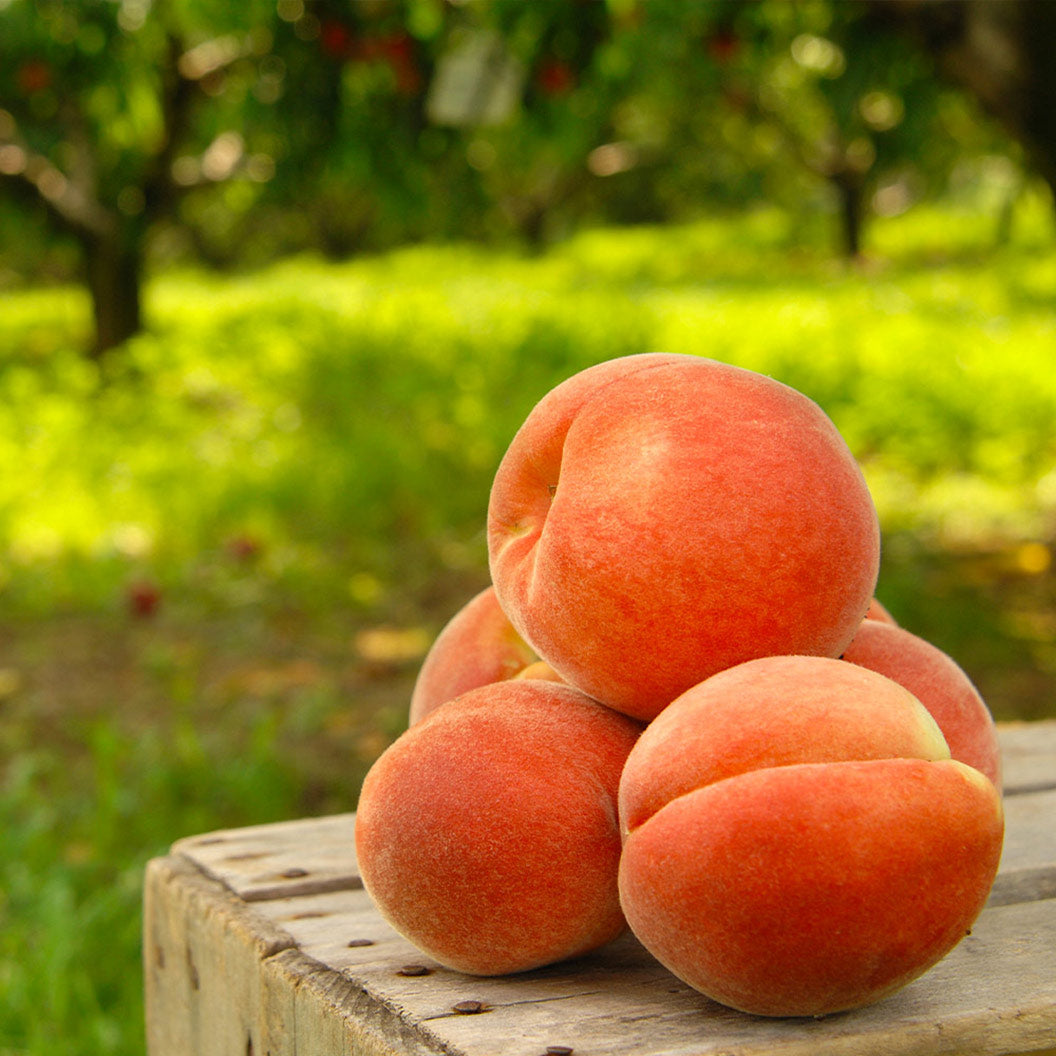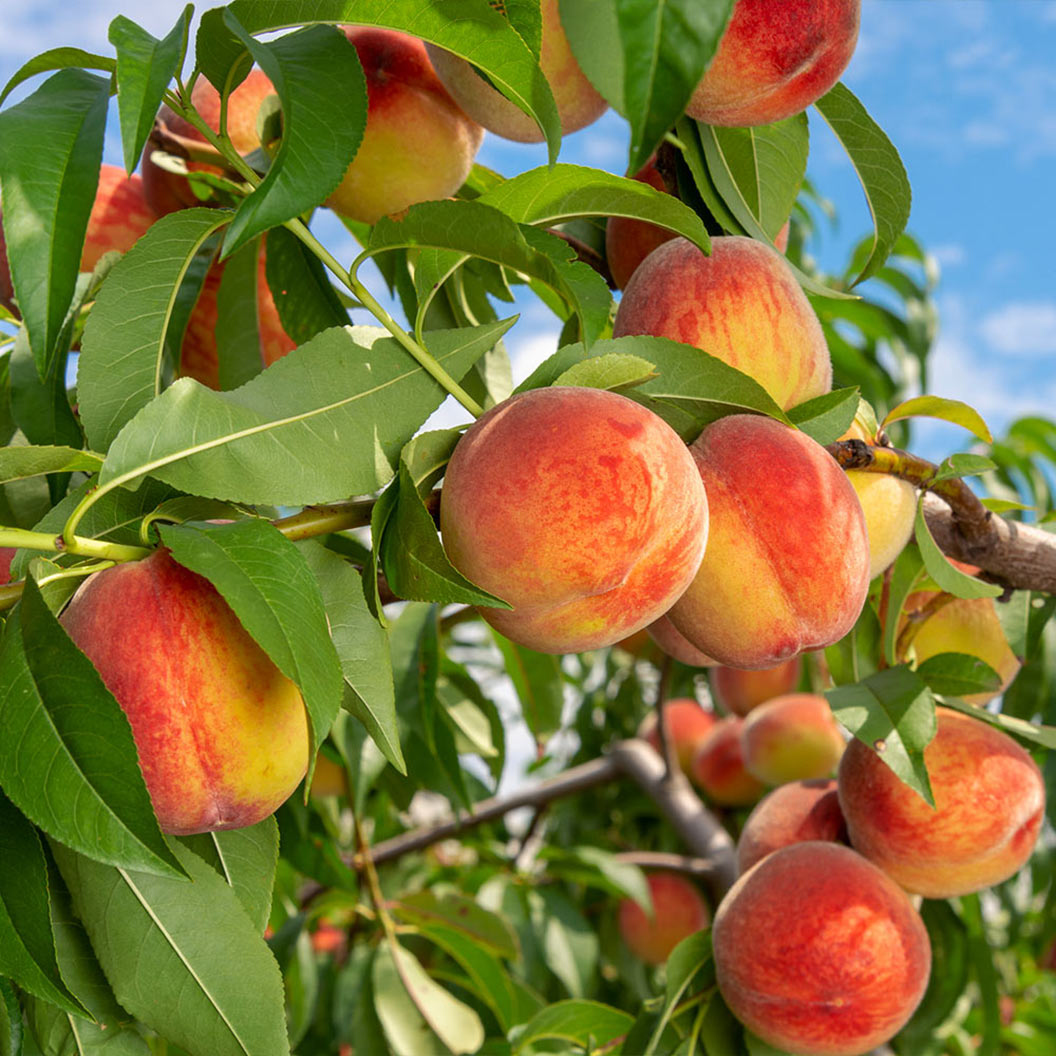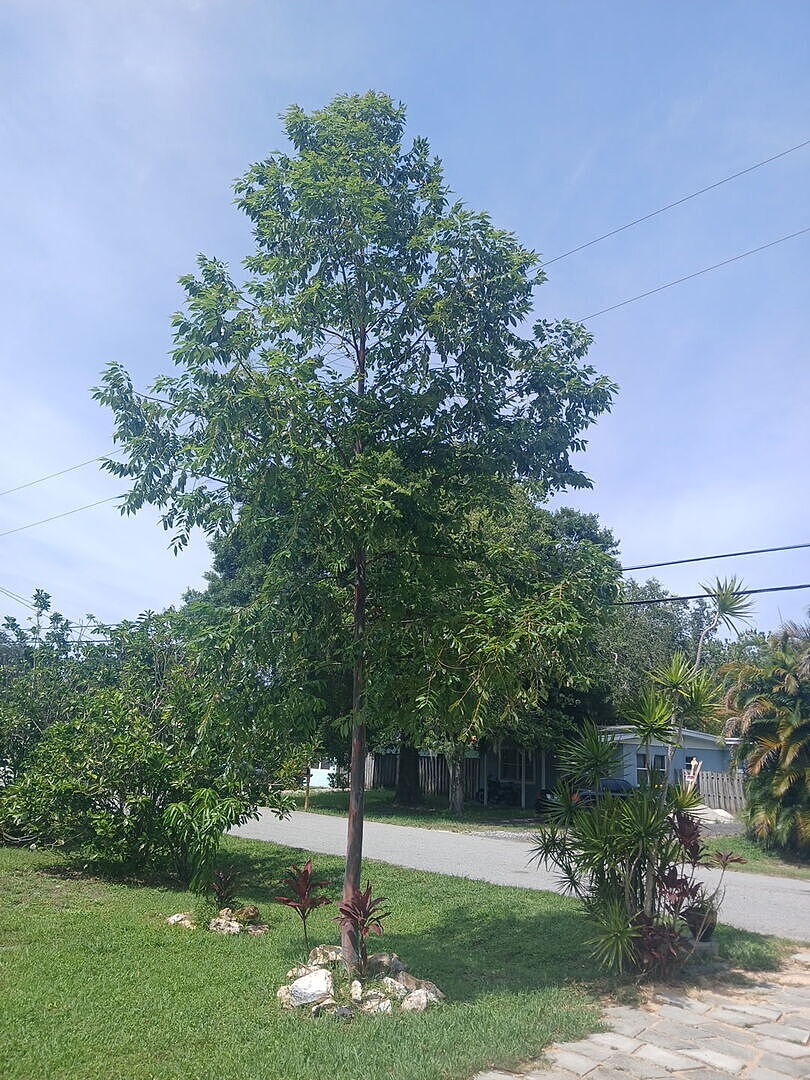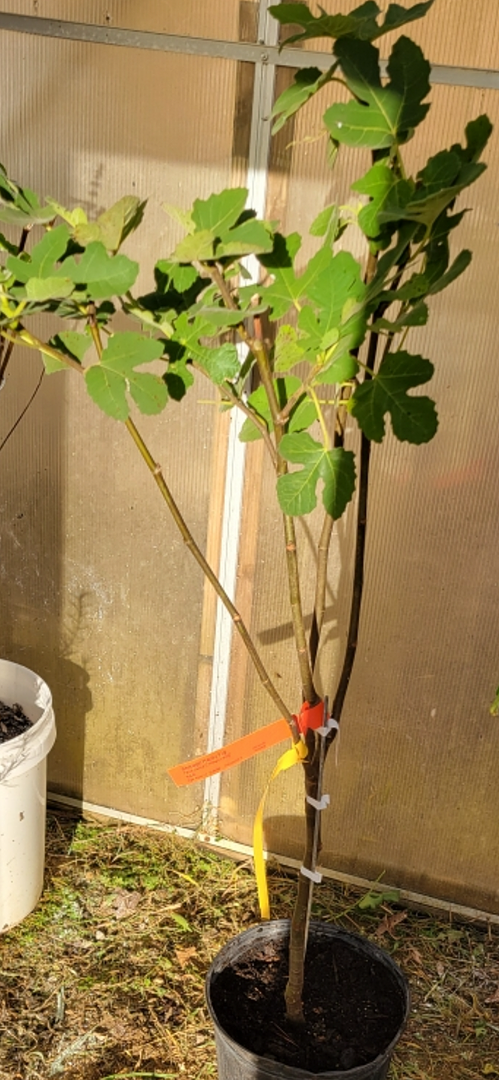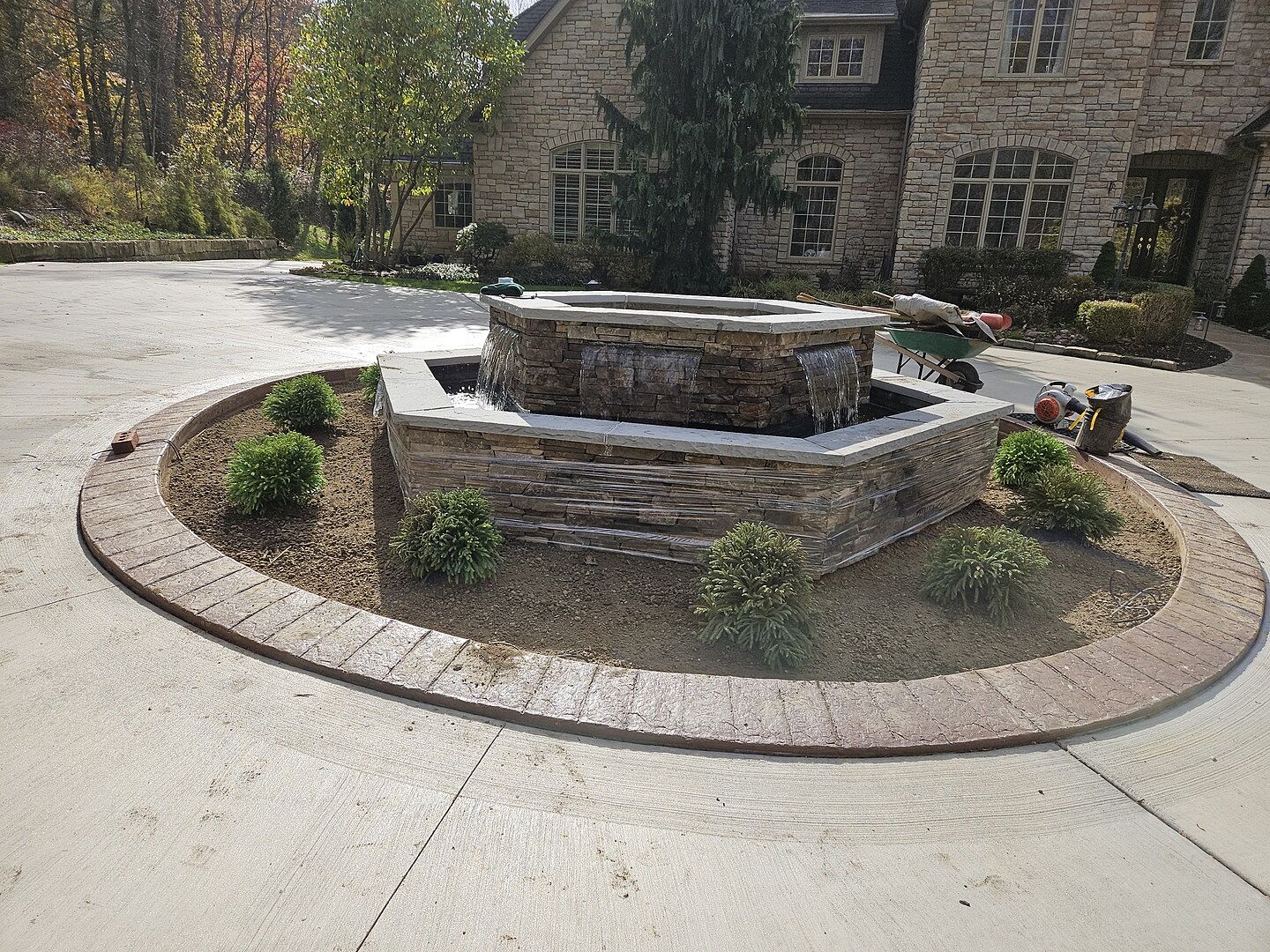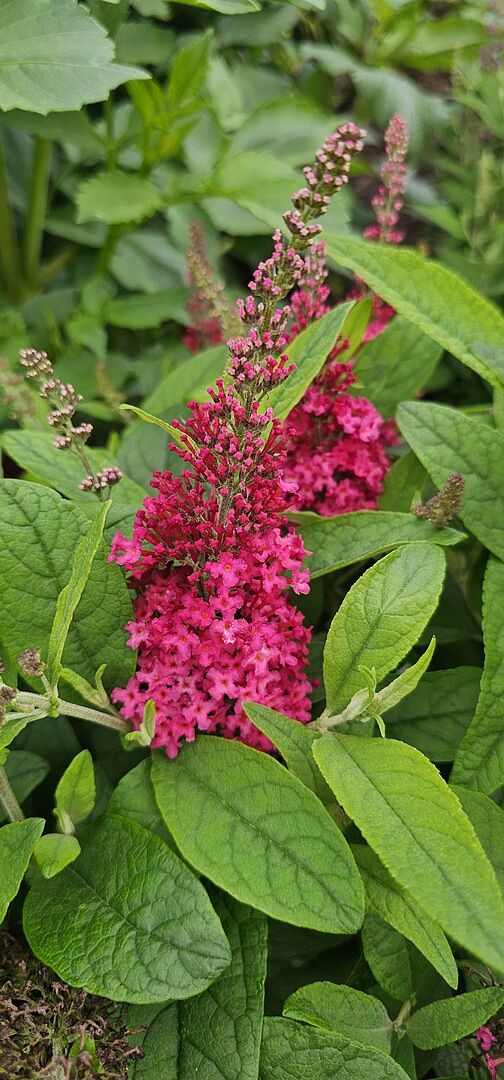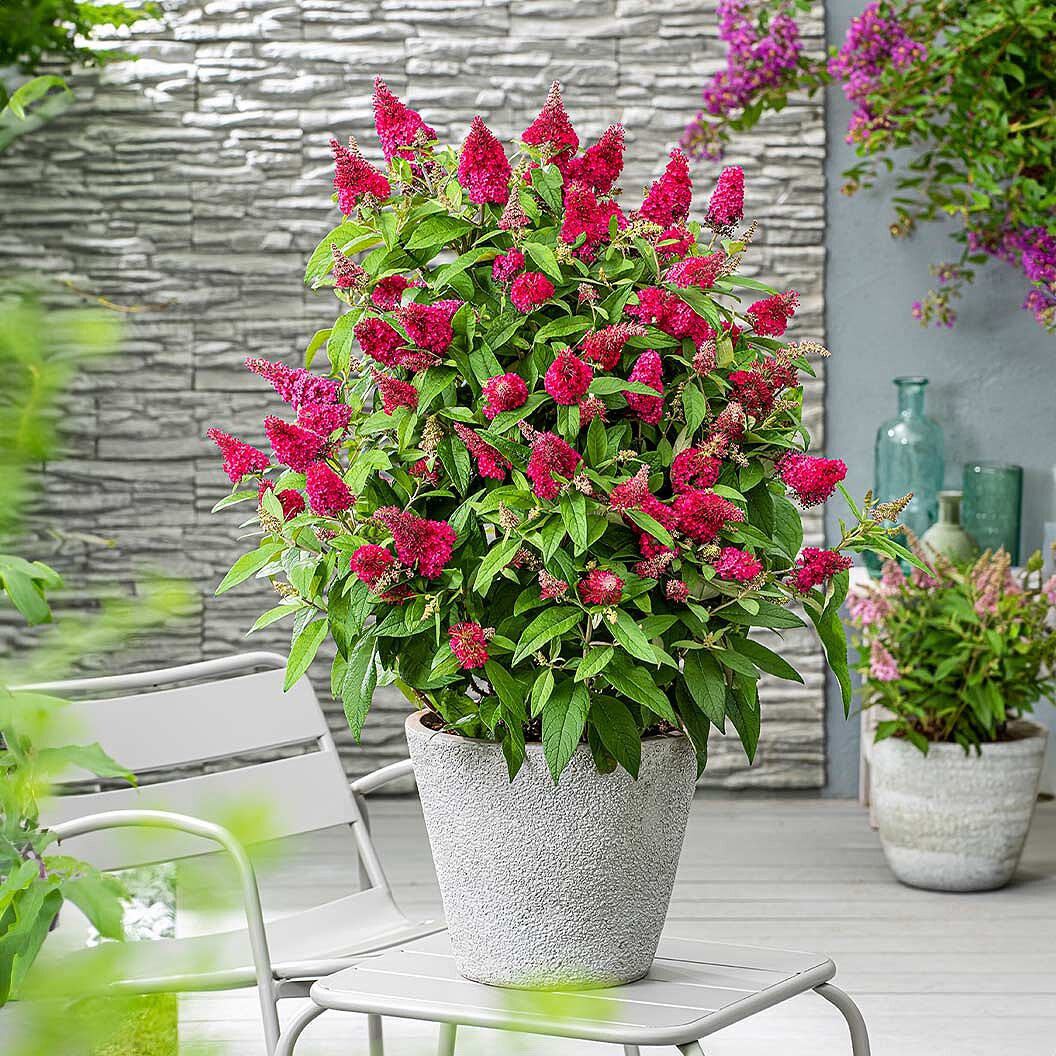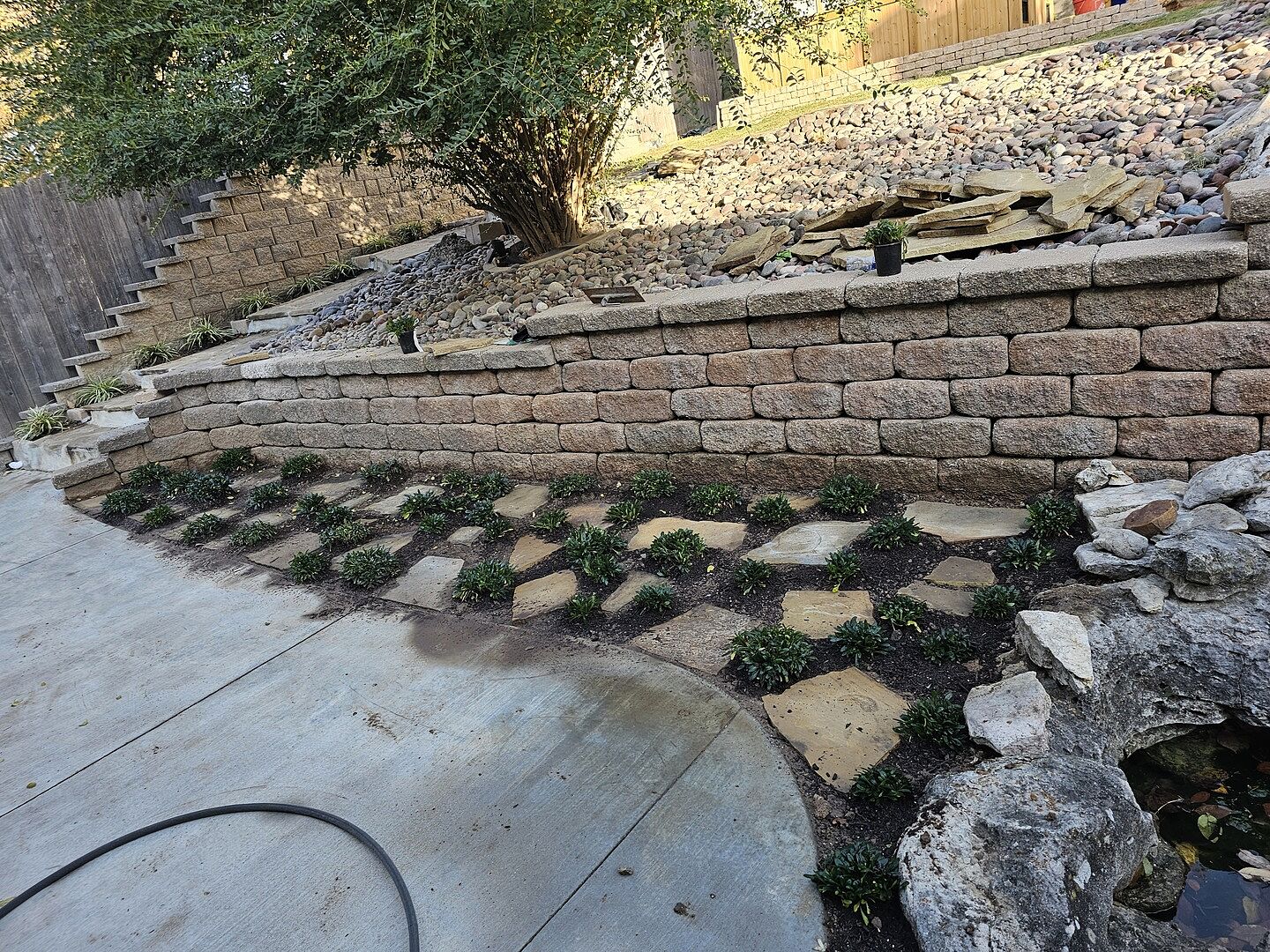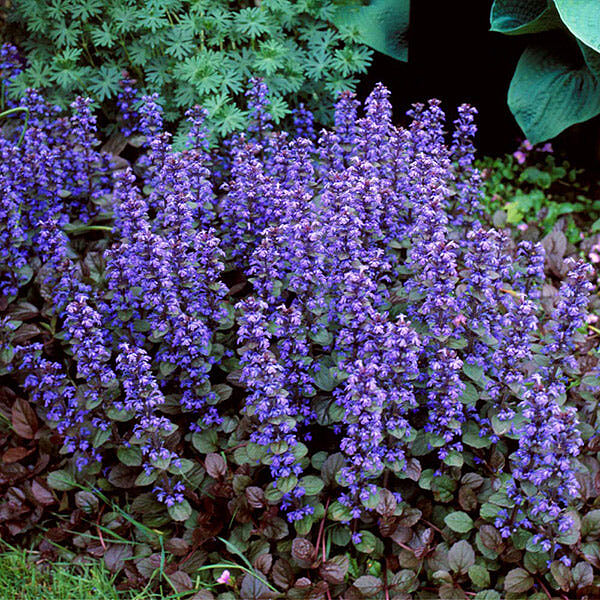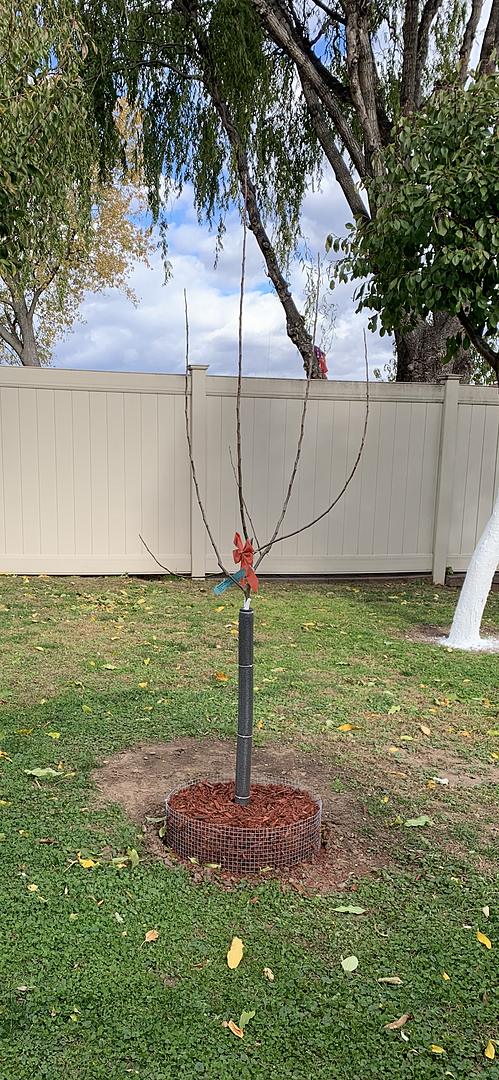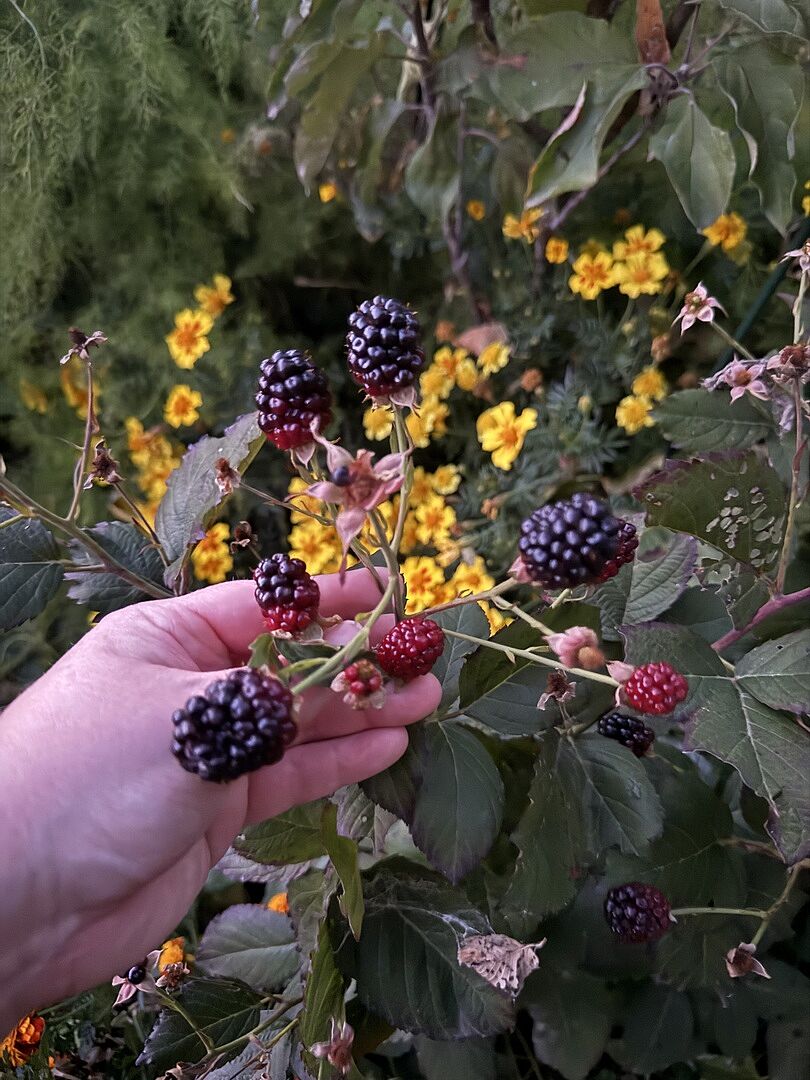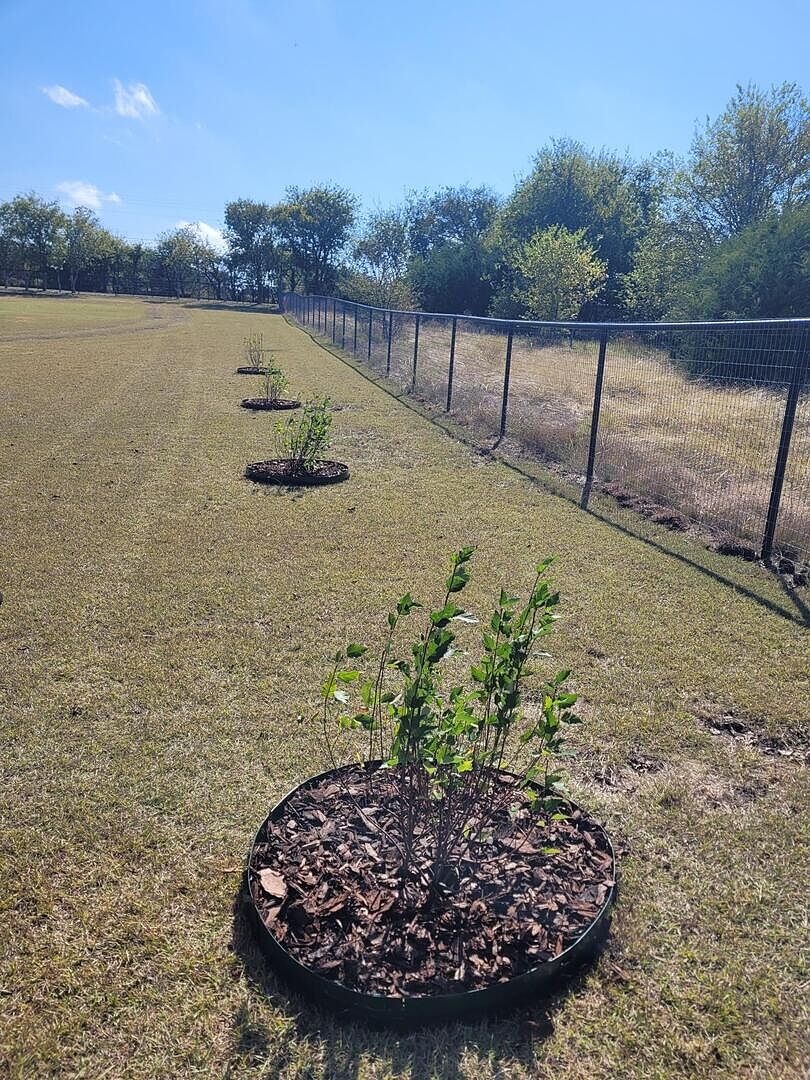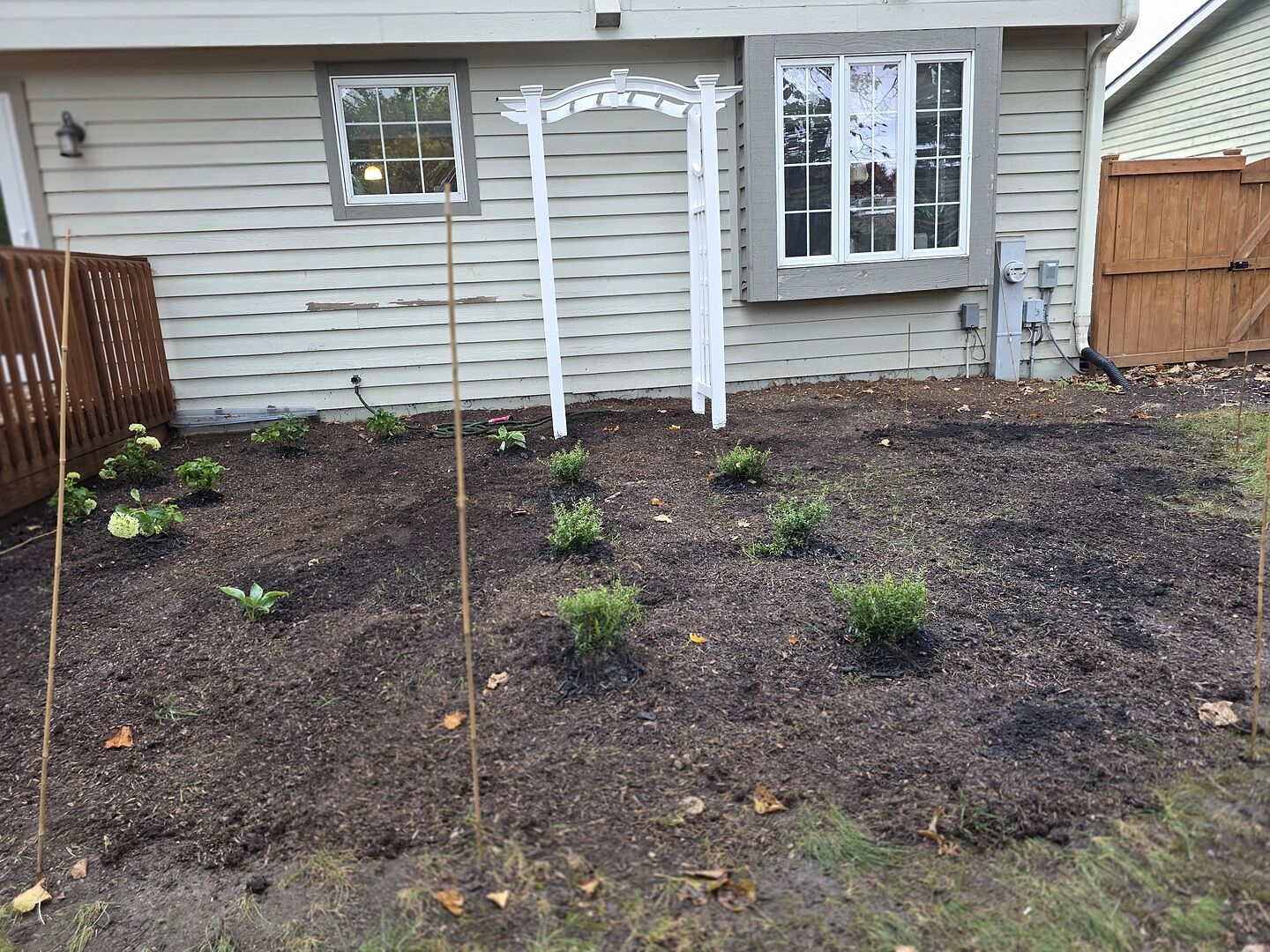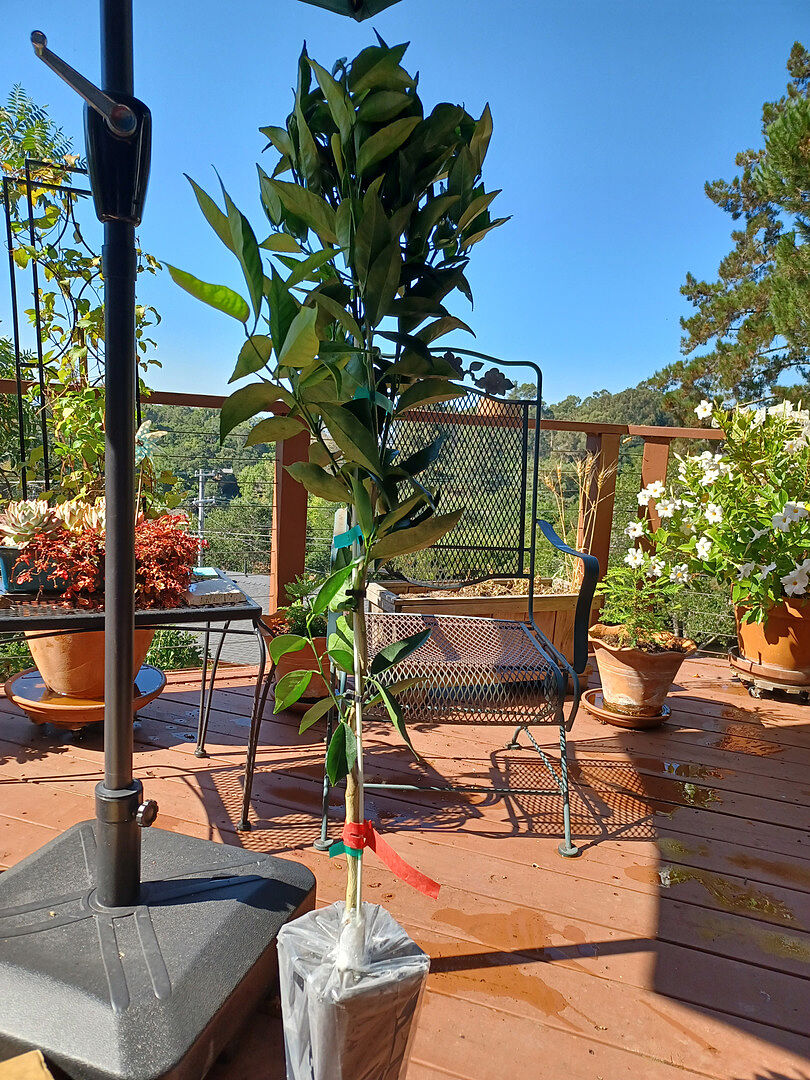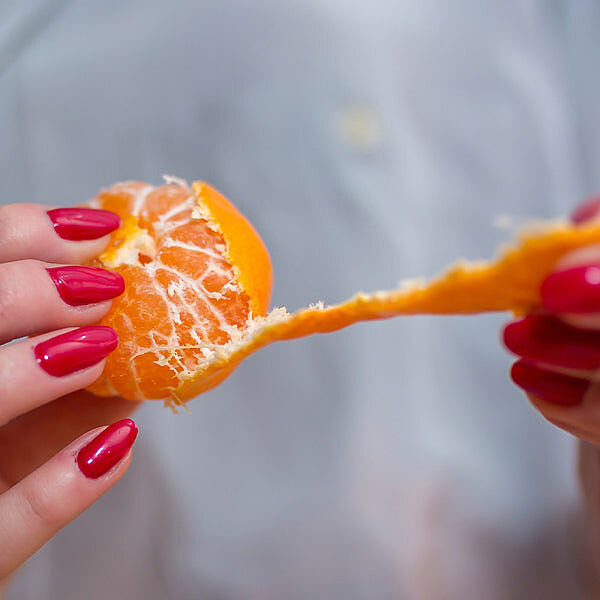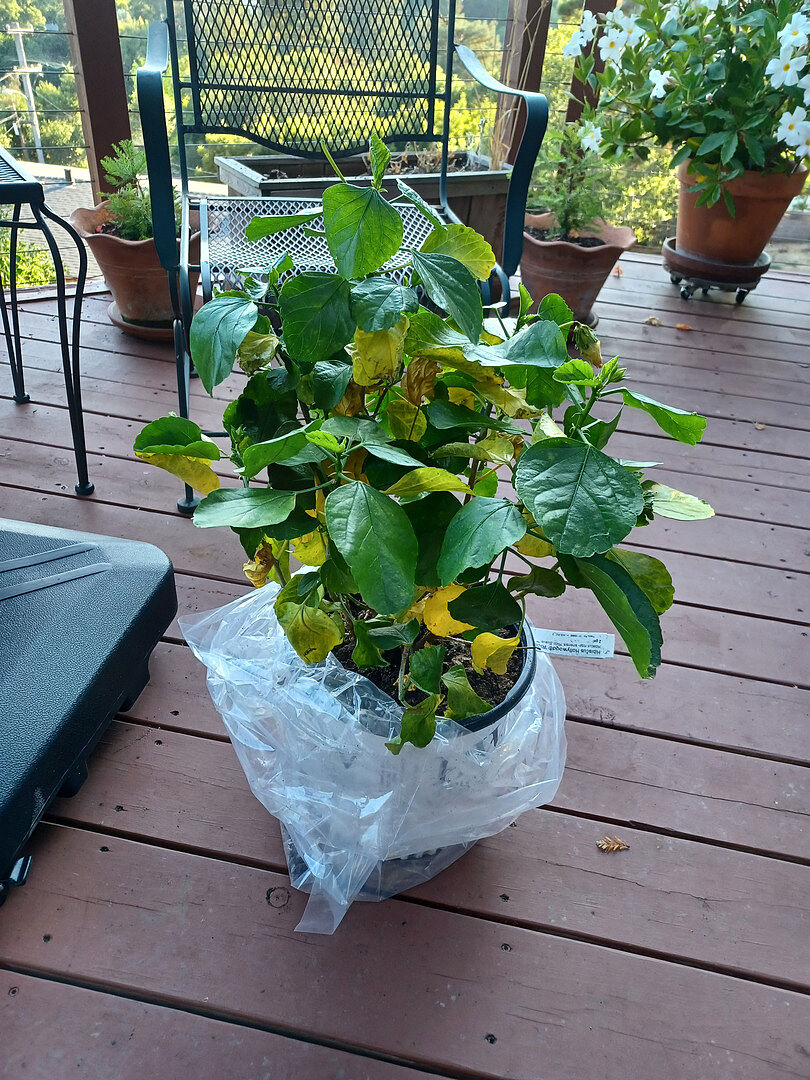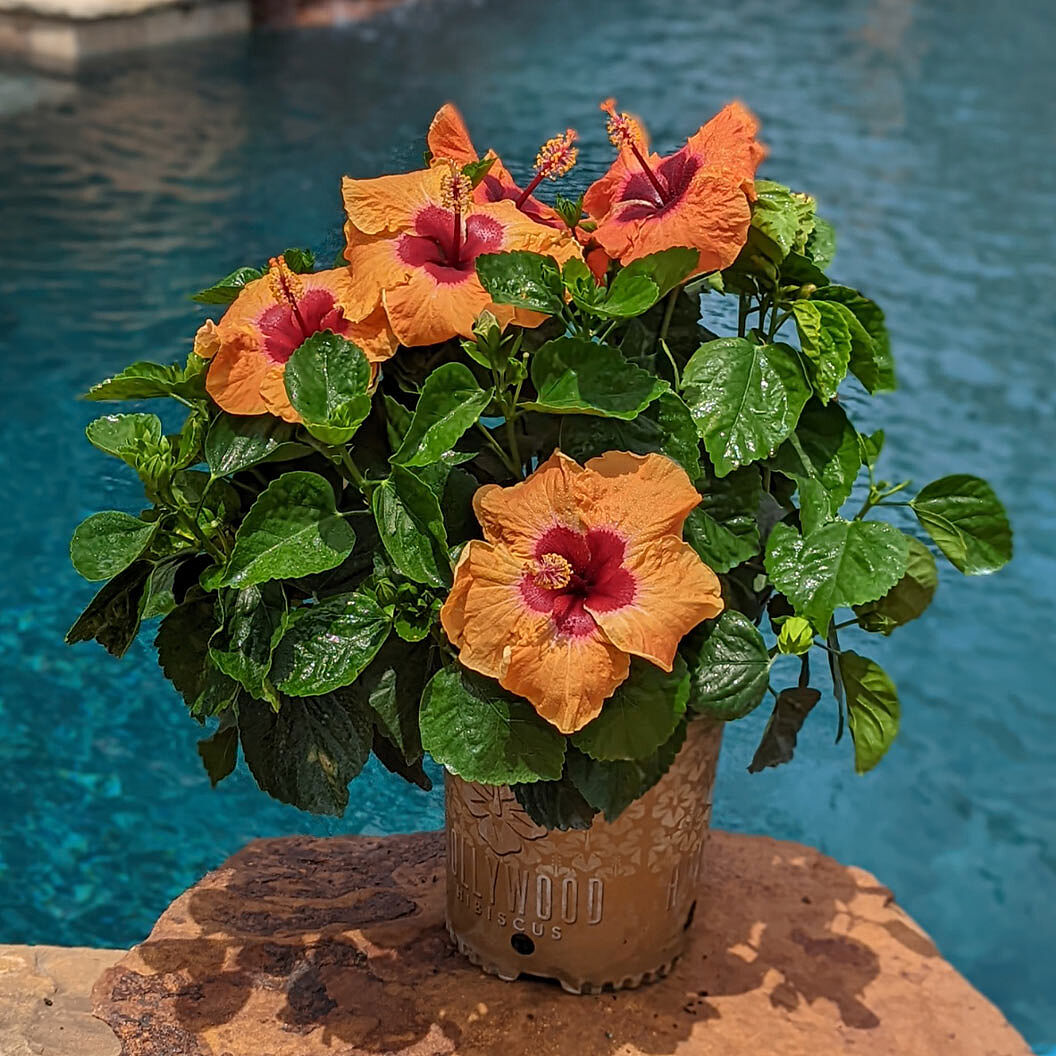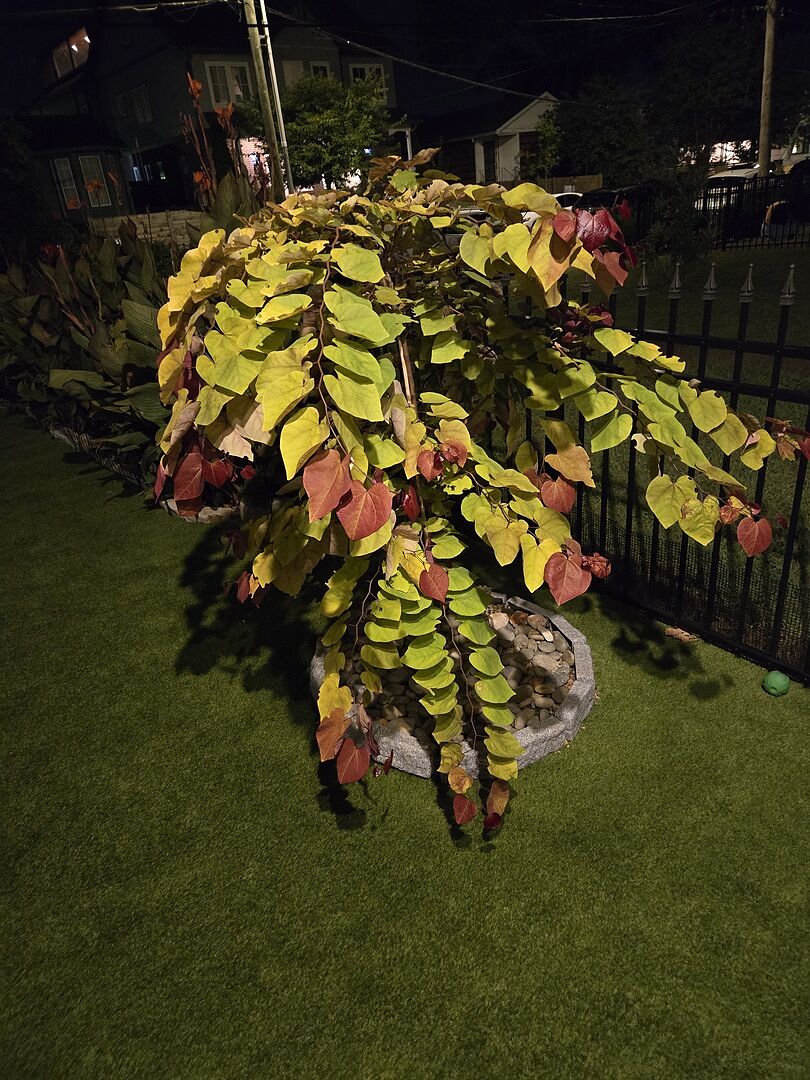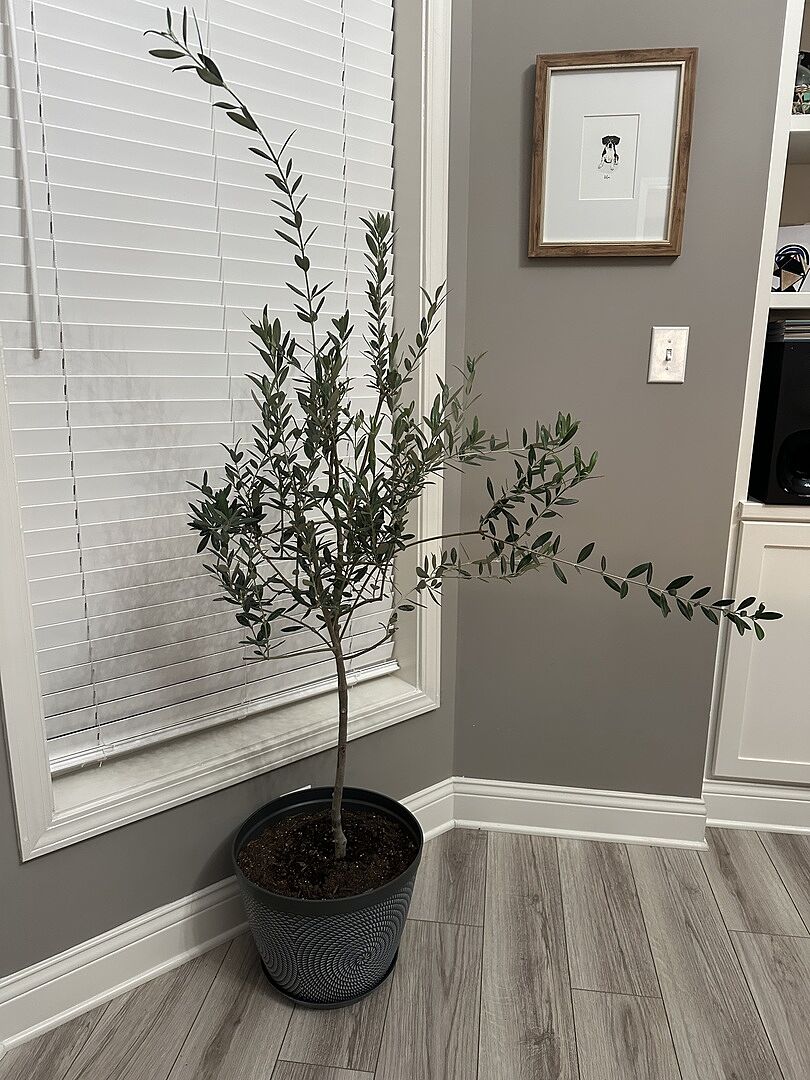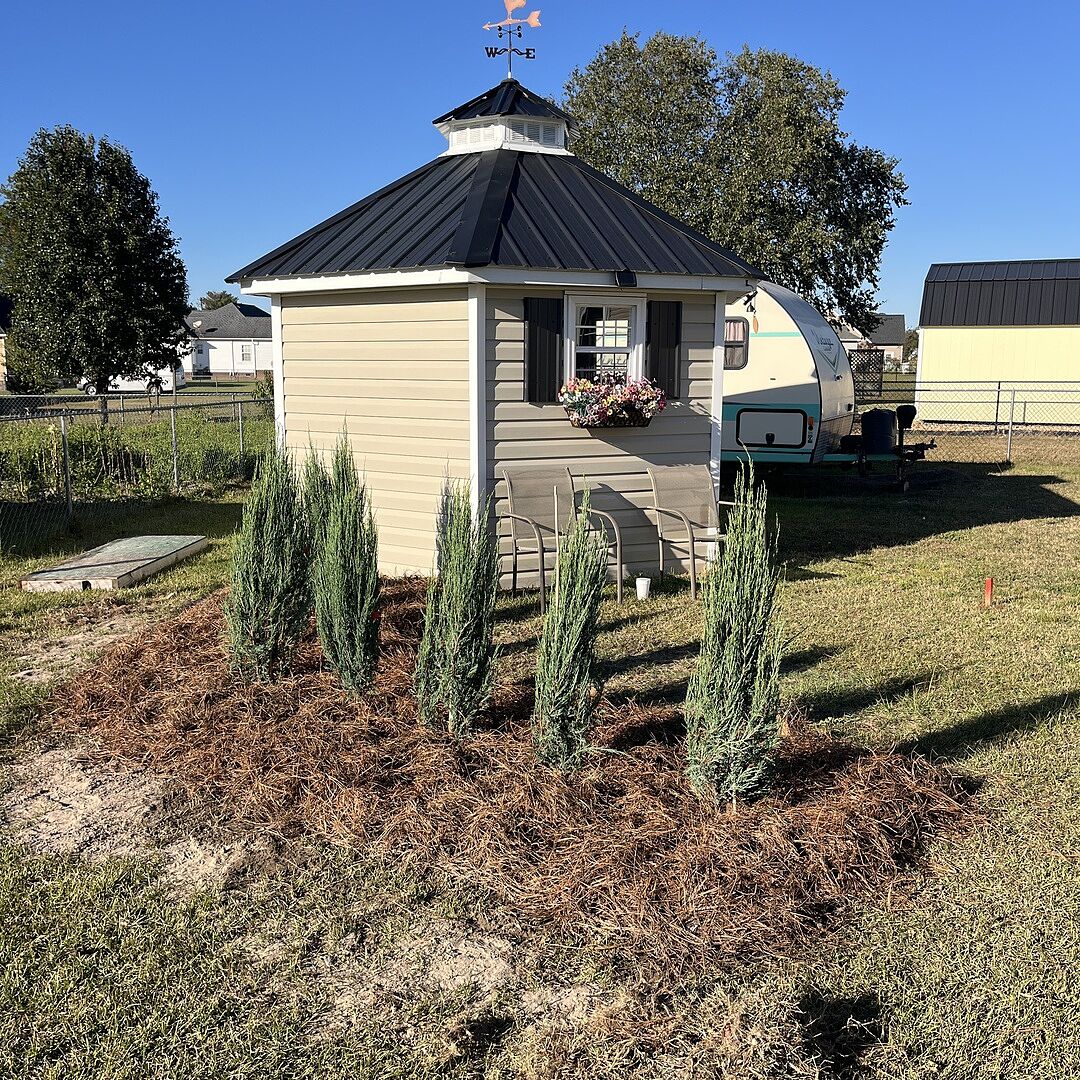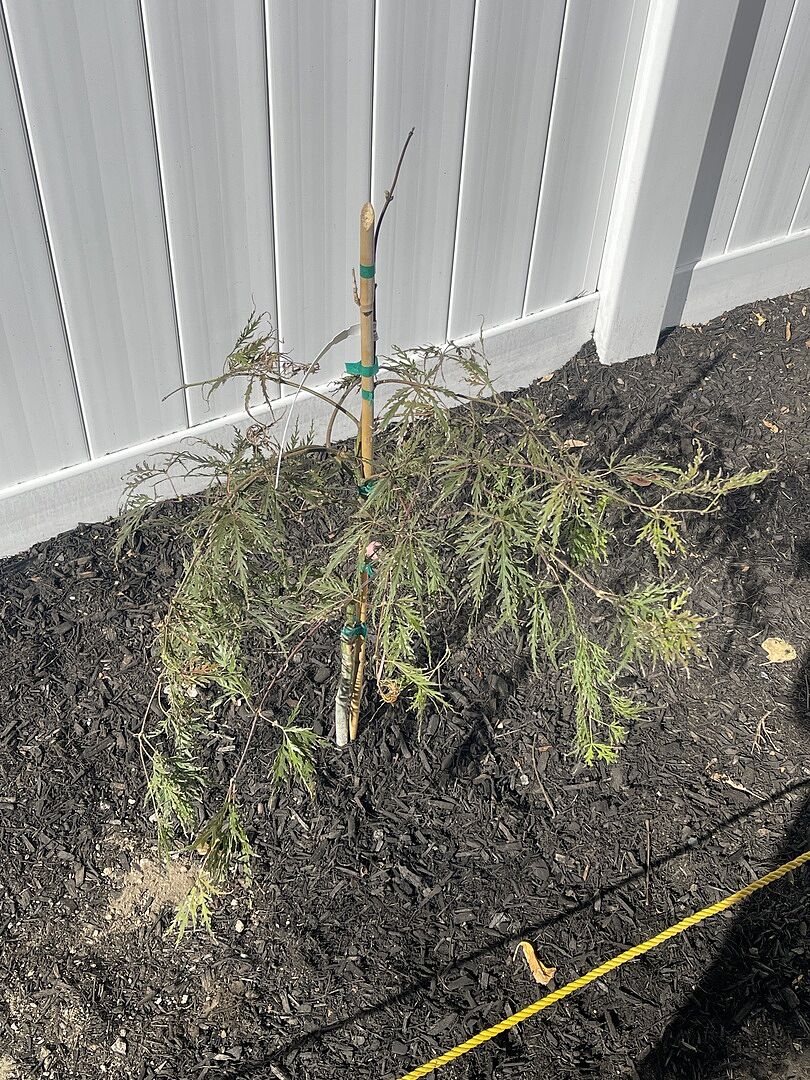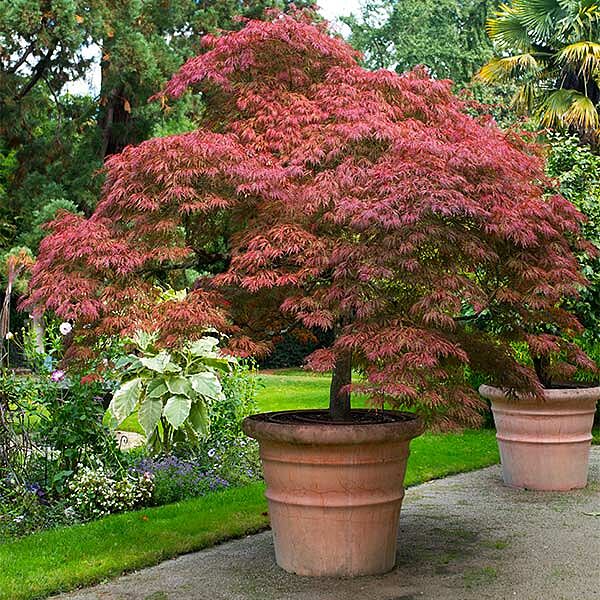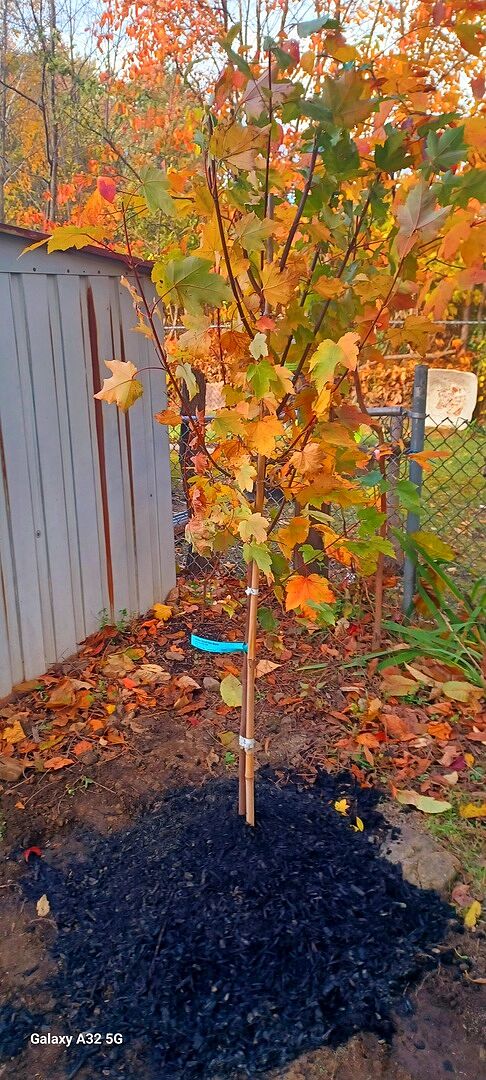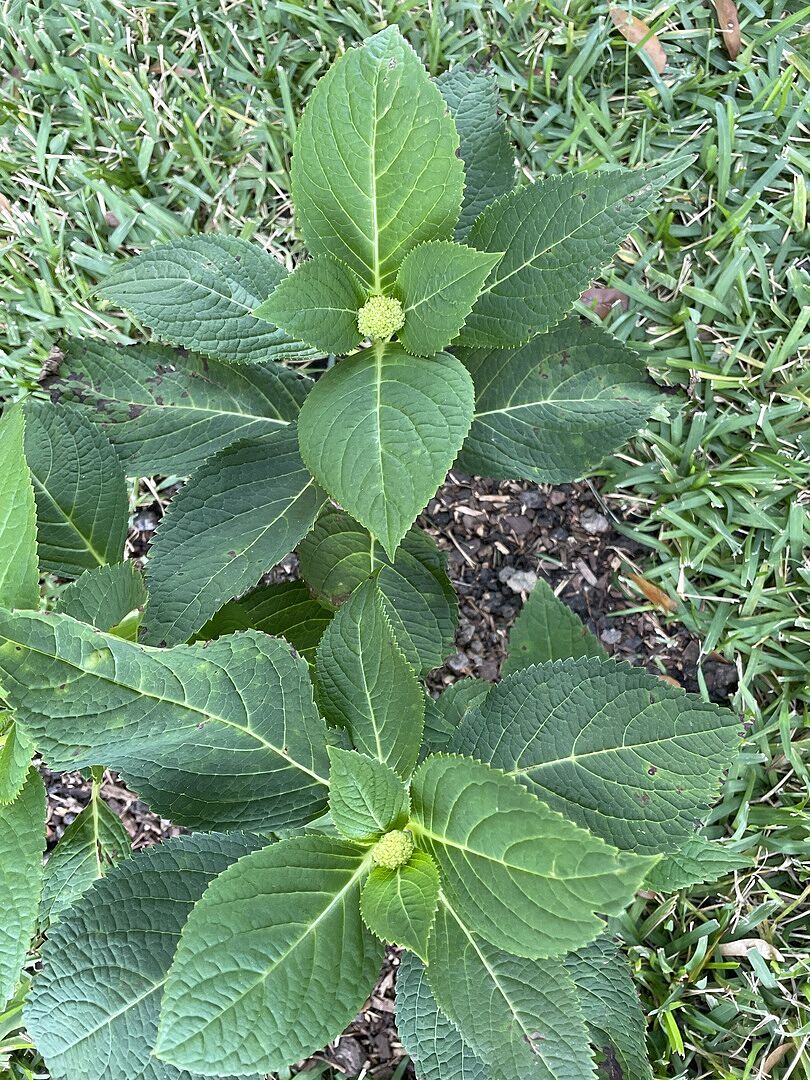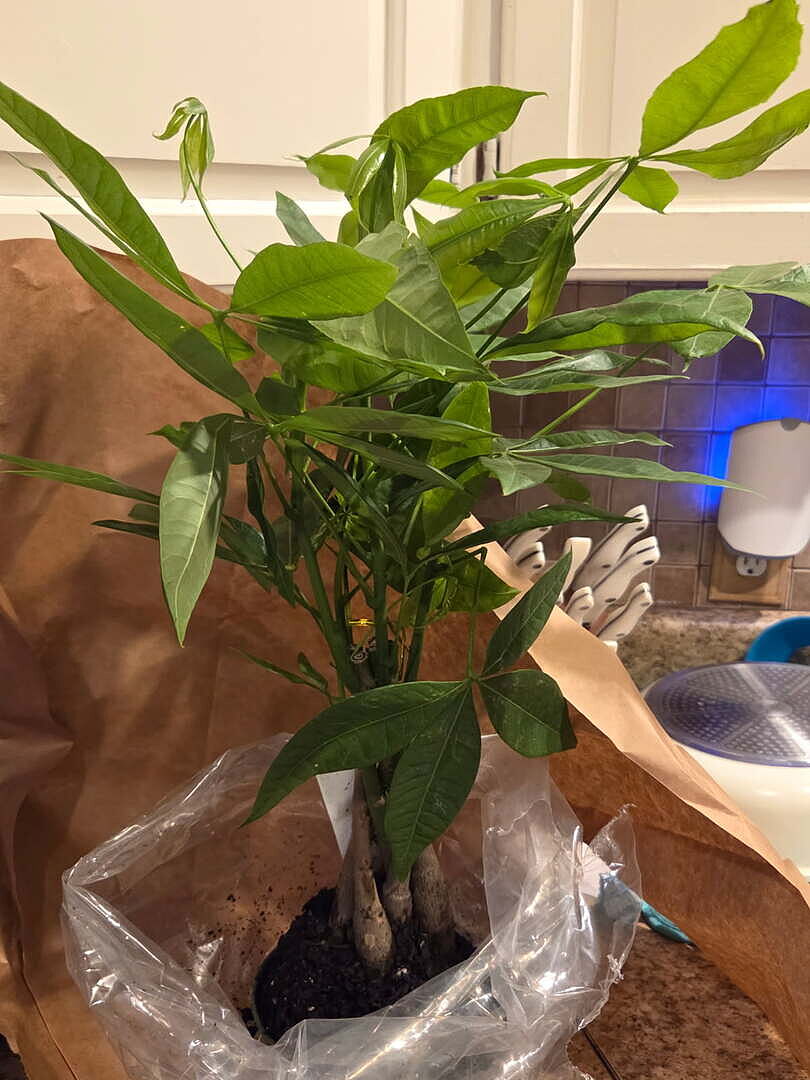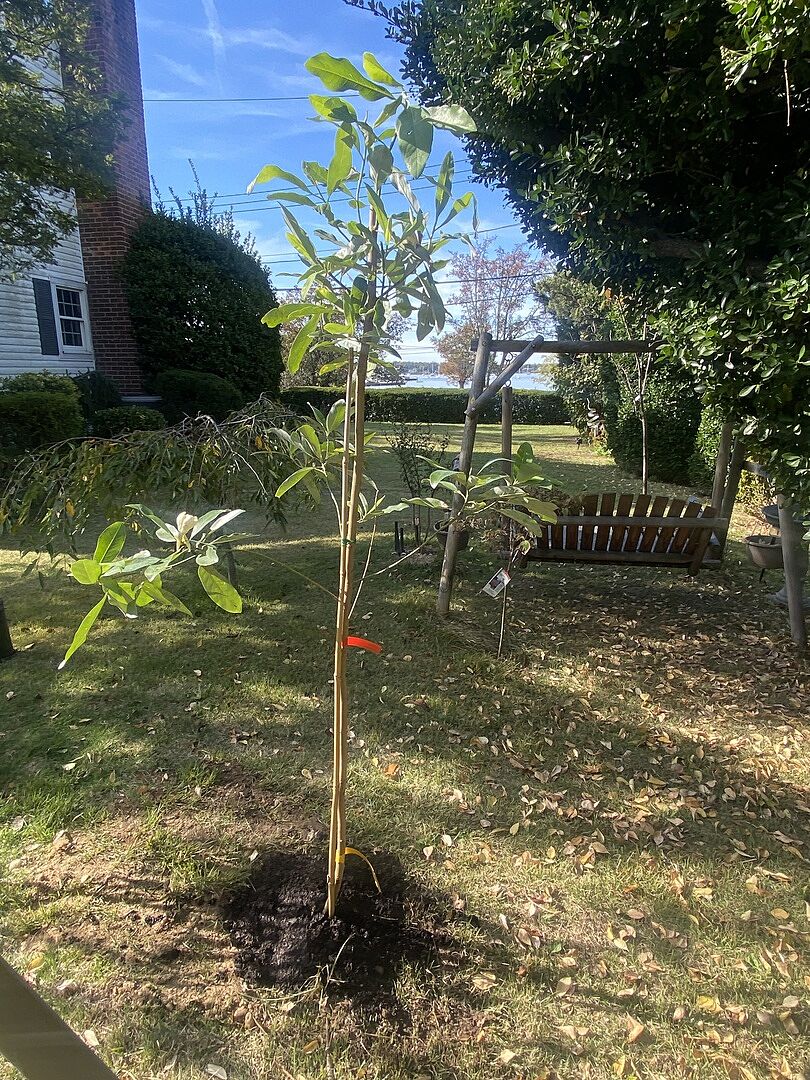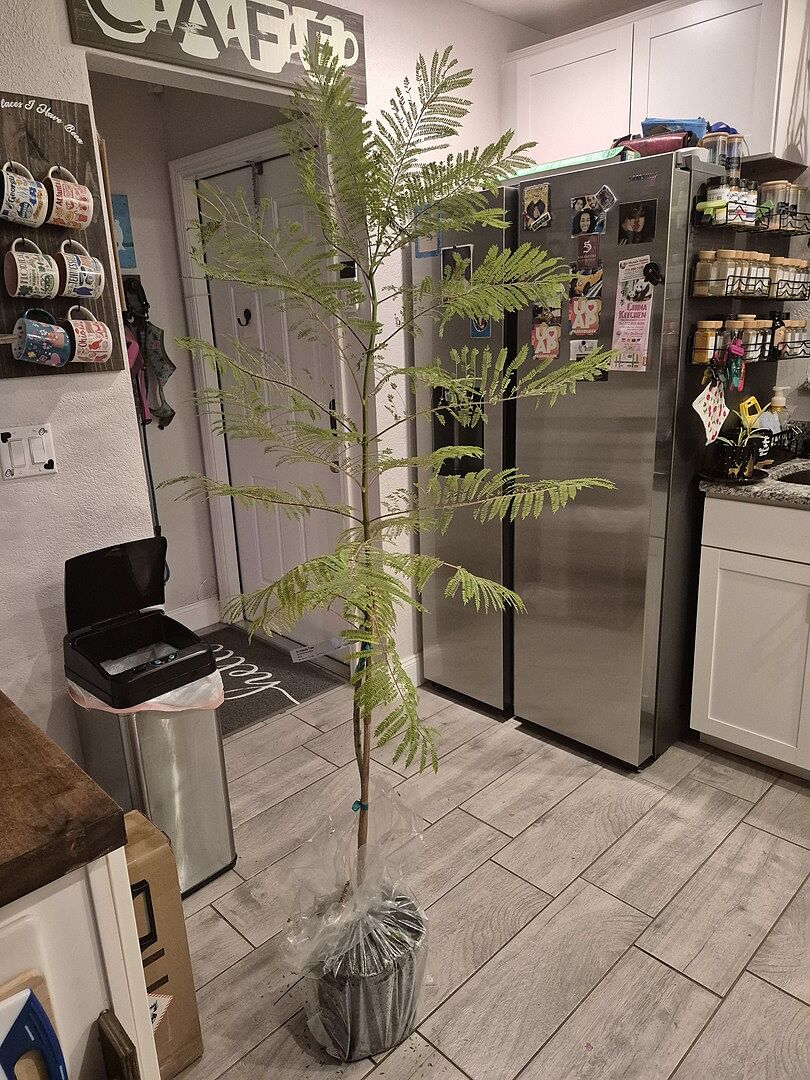Wyoming Plants
Filters
Plant Type
Flower Color
Sunlight
Mature Height
Plant Characteristics
Bloom Season
Growth Rate
Indoor Light Requirements
Pollination
It can be challenging to find plants that thrive in Wyoming thanks to the state's unique growing environment, which includes high altitude, wind, minimal rainfall, and a short growing season. But challenging doesn’t mean impossible! Use our quick guide to make your search for Wyoming plants a breeze.
Where to Grow and Care for Wyoming Plants
Climate: Wyoming has a semi-arid and continental climate, making it drier and windier than much of the United States. When selecting a plant, ensure it is tough and can survive in USDA zones 3 through 6.
Soil: The state’s soil ranges from sandy to clay and is typically alkaline. Test your soil’s pH before planting, and then amend as needed. For instance, you will need to add an acidic fertilizer to grow blue Hydrangea.
Planting: You have one chance to plant your tree correctly, so do it right. Dig a hole that’s twice the width of the root ball. The depth should be no deeper than the height of the root ball.
Water: Your irrigation schedule depends on your area and the plant's needs. Generally, plants should be watered frequently until established. One tip to make watering easier is to group plants by water needs—for instance, plant low-water-use plants together and medium-water-use plants together.
Types of Wyoming Plants

Emerald Green Arborvitae: Evergreens are among the best trees for Wyoming landscapes. They are built for harsh weather and deliver vibrant year-round color, even in gray winters. Among our favorite Evergreens, the Emerald Green Arborvitae is highly adaptable, easy to grow, and perfect for tight spaces. This beauty makes a superb privacy hedge or accent tree.
Hardiness: USDA zones 3 to 8
Size: 10-15 feet tall x 3-4 feet wide
Growth rate: Slow
Sunlight: Full sun
Minnetonka Rhododendron: A dense and heavy-blooming plant, Minnetonka is one of the best Rhododendrons for colder climates. It produces purple flowers that contrast nicely with rich green foliage. Use it for containers, hedges, and borders.
Hardiness: USDA zones 3 to 8
Size: 5-6 feet tall x 5-6 feet wide
Growth rate: Slow
Sunlight: Partial sun

Northern Gold Forsythia: When you plant this low-maintenance shrub, you’ll enjoy an abundance of gorgeous yellow blooms in the spring. In addition to being cold hardy (a must in Wyoming), North Gold Forsythia is deer and pest-resistant. It’s commonly used for borders and groupings.
Hardiness: USDA zones 4 to 8
Size: 5-7 feet tall x 5-7 feet wide
Growth rate: Moderate
Sunlight: Full sun
Blooms: Early spring
In addition to the plants above, consider planting hardy, fast-growing trees like Maples, American Elm, Live Oak, or Hybrid Poplar. For a flowering tree, look no further than the Kwanzan Cherry.
Common Questions About Wyoming Plants
What plant zone is Wyoming?
The Equality State falls within USDA hardiness zones 3 through 6. The majority of the state is in zones 4 and 5. Cheyenne, Casper, and Gillette are in zone 5.
What plant zone is Wyoming?
The Equality State falls within USDA hardiness zones 3 through 6. The majority of the state is in zones 4 and 5. Cheyenne, Casper, and Gillette are in zone 5.
What kind of plants grow in Wyoming?
The best plants for Wyoming are those that can survive the state’s harsh winter, windy days, and short growing season. Evergreens like the Taylor Juniper Tree (zones 3-9) and the Colorado Blue Spruce Tree (zones 2-7) are rugged enough to thrive. So are Double Knock Out Roses (zones 5-10) and the Limelight Hydrangea Tree (zones 3-8).
Can you grow fruit trees in Wyoming?
Yes! However, not all fruit trees can survive in the state’s climate. Before planting, confirm the fruit tree’s USDA “comfort zone.” Start your search with apple and pear varieties. See our collection of fruit trees for sale.




